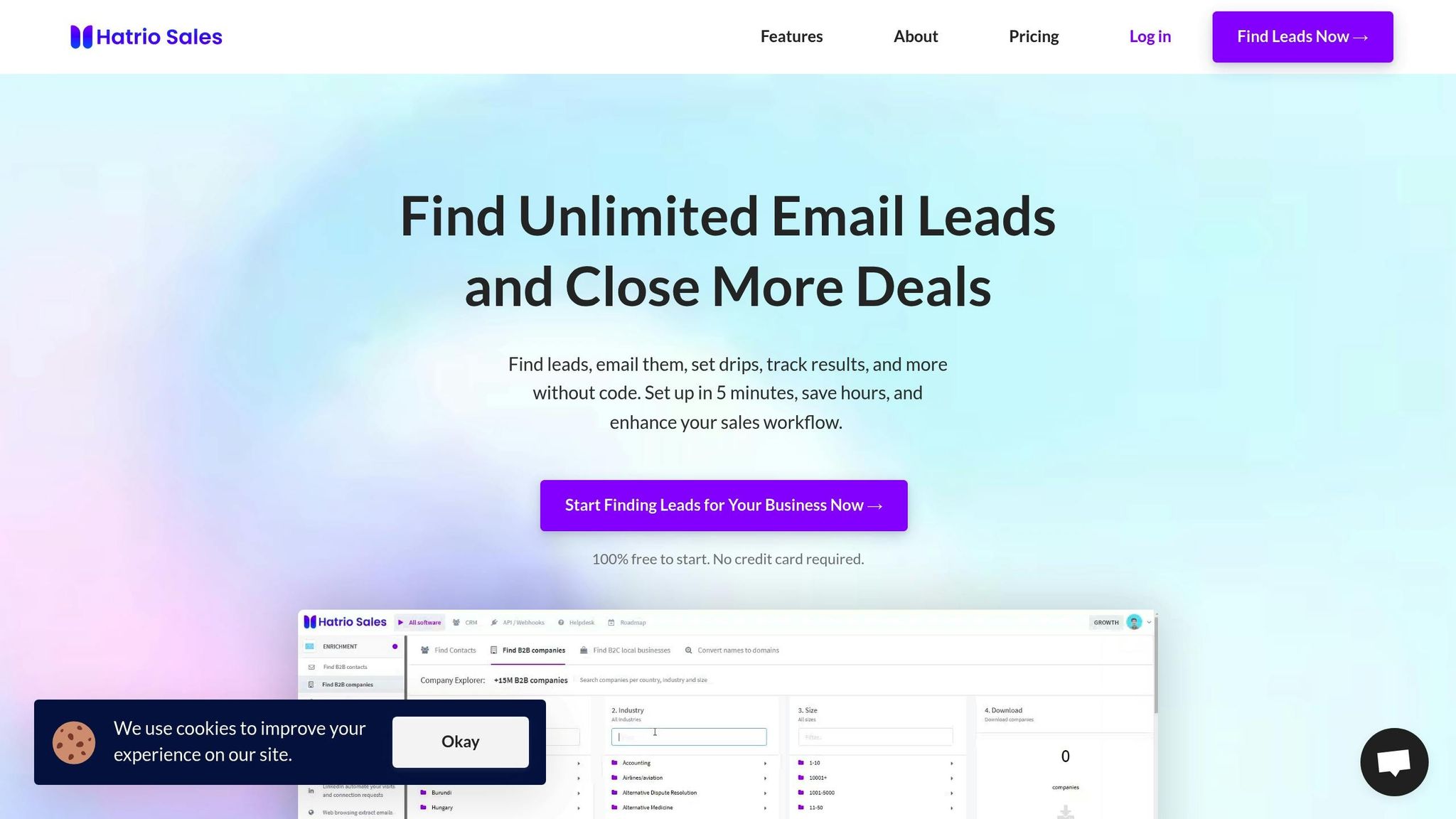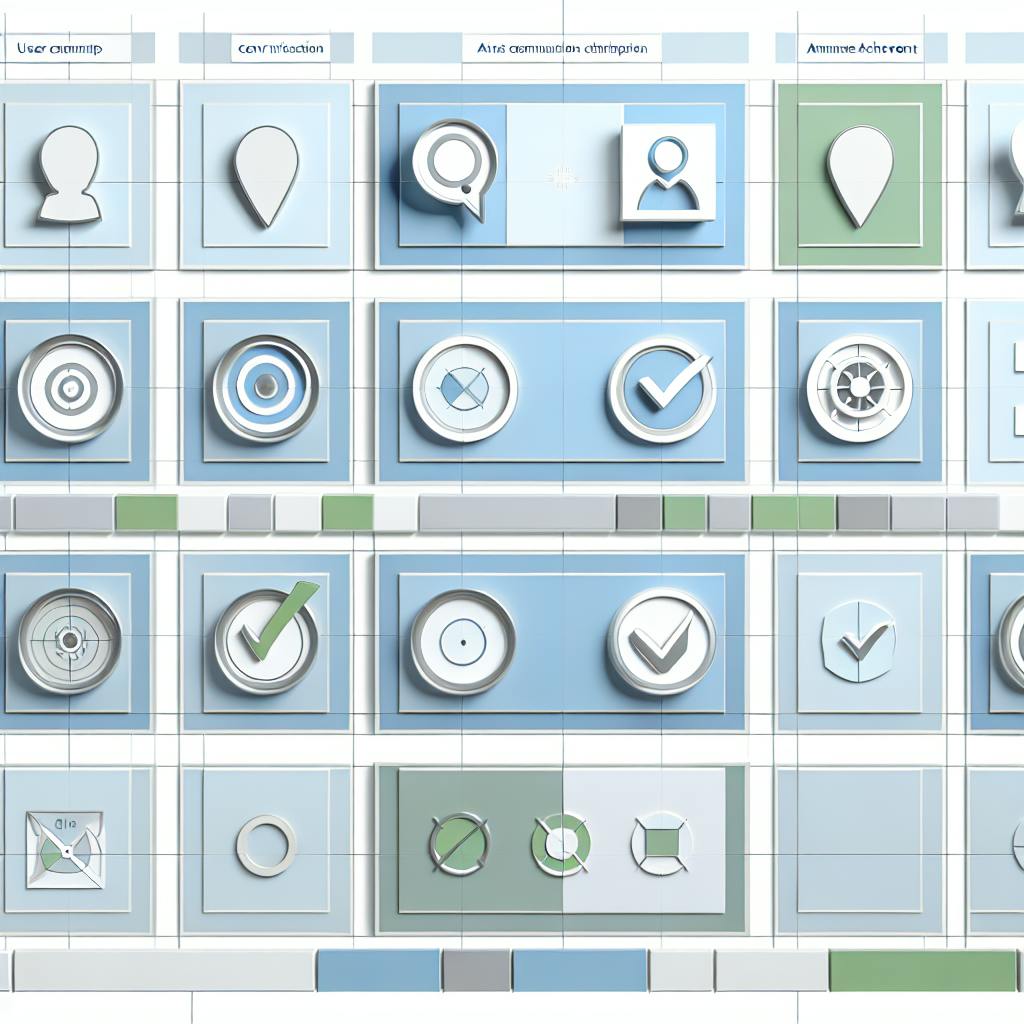Augmented Reality (AR) and Virtual Reality (VR) are changing how we shop online. They make it easier to visualize products, try them virtually, and get tailored recommendations. Here's how AR/VR is solving common e-commerce problems:
- Better Product Visualization: See products in 3D or try them virtually to check size, fit, or style.
- Lower Return Rates: Virtual try-ons and AR tools reduce mismatched purchases, cutting returns by up to 30%.
- Higher Engagement: Interactive showrooms and personalized suggestions make shopping more engaging.
For example, IKEA's AR app lets you see how furniture fits in your space, boosting confidence and reducing returns. Businesses using AR/VR see higher conversion rates, fewer returns, and more satisfied customers.
Want to stand out? Integrate AR/VR tools like virtual try-ons or 3D demos into your shopping experience to improve sales and customer loyalty.
The Future of eCommerce AR/VR Technology
Common E-commerce Customer Retention Problems
Online retailers often encounter three key challenges when trying to retain customers:
Poor Product Visualization
Many online stores fail to provide an accurate representation of their products. Without a clear preview, shoppers are left guessing about details like size, color, texture, fit, and functionality.
High Return Rates
Returns are frequently driven by mismatched sizing or misleading visuals rather than product defects or order mistakes. This not only frustrates customers but also cuts into profit margins.
Low Customer Engagement
Standardized catalogs and static layouts often fail to grab attention or build loyalty. Without interactive or personalized features, customers are more likely to lose interest, contributing to higher return rates and lower retention. AR/VR solutions offer a way to make these experiences more engaging and tailored.
AR/VR Solutions for E-commerce
AR/VR technology addresses common challenges like unclear product visuals, lack of engagement, and generic recommendations. Here are three key ways it's being used.
Virtual Product Testing
With tools like virtual try-ons and 3D product views, shoppers can examine items from all angles, helping them feel more confident about their choices. Some platforms even use smartphone measurements to power virtual fitting rooms, making size selection easier and reducing returns. This bridges the gap caused by unclear product visuals.
Interactive Shopping Features
Virtual showrooms let customers explore products in realistic, immersive environments. Features like virtual assistants provide live guidance, while shared VR spaces allow friends to shop together remotely. These elements bring the interactive feel of in-store shopping to the online world, addressing low engagement.
Personalized Product Suggestions
AR/VR platforms track how users interact with products - such as what catches their eye or how they customize items. This data helps create tailored recommendations that feel more intuitive. Combining spatial interaction insights with traditional metrics gives retailers a deeper understanding of customer preferences, easing decision-making and lowering return rates.
sbb-itb-b22f30c
Business Impact of AR/VR Personalization
Measuring the outcomes of AR/VR personalization showcases its return on investment (ROI).
By combining immersive product trials with tailored recommendations, personalized AR/VR experiences can improve conversion rates, reduce product returns, and encourage repeat purchases. These benefits come from boosting customer confidence and offering tailored shopping experiences.
Advantages in Market Position
Using AR/VR personalization helps brands carve out a distinct space in a competitive market. Some key benefits include:
- Improved customer satisfaction through interactive product exploration
- More word-of-mouth referrals and social media buzz
- Enhanced brand image, especially among tech-savvy consumers
Integrating AR/VR with Hatrio Sales

Enhance your sales process by weaving AR/VR experiences into your workflow using Hatrio Sales. Here's how it works:
Understanding Customer Interactions
Hatrio Sales' CRM keeps track of AR/VR engagements like virtual trials, showrooms, and customizations. This data feeds into automated lead scoring and segmentation, helping you identify the most promising prospects. With a global contact database, you can easily follow up with targeted AR/VR-driven communications.
Using AR/VR for Marketing
Hatrio Sales streamlines sales workflows by leveraging insights from AR/VR behavior. For example, it can automate follow-ups with personalized product recommendations, schedule demos, or deliver relevant content - all triggered by actions like virtual try-ons or 3D interactions.
Improving Performance
Analytics tools within Hatrio Sales measure the success of AR/VR campaigns, comparing results with data from over 104,000 sites. Lead enrichment features provide additional behavioral context, helping you fine-tune immersive experiences and improve customer satisfaction.
Conclusion
Personalized AR and VR experiences, such as virtual try-ons and interactive 3D demos, help shoppers feel more confident in their purchases, cut down on returns, and encourage repeat business. Hatrio Sales uses virtual interaction data to automate follow-ups and create customized recommendations through its CRM system, seamlessly connecting immersive content with targeted outreach. Combining AR/VR personalization with automation enhances sales performance, strengthens customer loyalty, and supports long-term business growth.
FAQs
How does AR/VR personalization help online retailers reduce product return rates?
AR/VR personalization can significantly reduce return rates by providing customers with a more accurate and immersive shopping experience. For example, AR tools allow customers to virtually try on clothing, accessories, or makeup, ensuring a better fit or match before purchase. Similarly, VR can help shoppers visualize furniture or home décor in their actual living spaces, reducing uncertainty and buyer's remorse.
By addressing common pain points like sizing, color matching, and product visualization, AR/VR personalization helps customers make more confident purchasing decisions, which leads to fewer returns and improved satisfaction.
Which types of businesses can benefit the most from using AR/VR in their e-commerce platforms?
AR/VR technologies can significantly enhance e-commerce experiences for businesses across various industries. Retailers selling fashion, furniture, beauty products, or electronics can benefit by allowing customers to virtually try on items, preview furniture in their homes, or test products before purchasing. This creates a more engaging and confident shopping experience.
Additionally, luxury brands and custom product sellers can leverage AR/VR to offer personalized experiences, such as virtual showrooms or tailored product previews, helping to build stronger connections with customers. By integrating AR/VR, businesses can address common e-commerce challenges like high return rates and low customer engagement, ultimately boosting retention and sales.
What are the best practices for using AR/VR to boost customer engagement in e-commerce?
Implementing AR/VR features in e-commerce can significantly enhance customer engagement by creating immersive, personalized shopping experiences. Here are some best practices to follow:
- Prioritize personalization: Use AR/VR to allow customers to visualize products in their own spaces (e.g., furniture in their living rooms) or try on items virtually, like clothing or accessories.
- Keep it user-friendly: Ensure the AR/VR features are intuitive and accessible on multiple devices, including smartphones and tablets, to cater to a wider audience.
- Focus on value: Use AR/VR to solve specific pain points, such as helping customers understand product dimensions, colors, or fit, which can reduce returns and improve satisfaction.
By integrating AR/VR thoughtfully, you can create an engaging shopping experience that keeps customers coming back and builds long-term loyalty.



